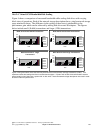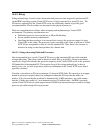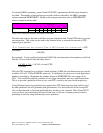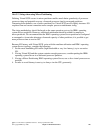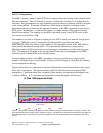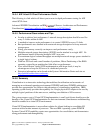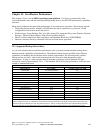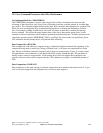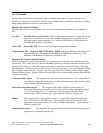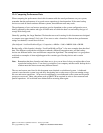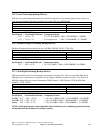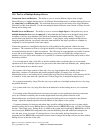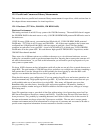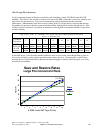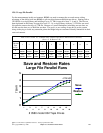
15.2 Save Command Parameters that Affect Performance
Use Optimum Block Size (USEOPTBLK)
The USEOPTBLK parameter is used to send a larger block of data to backup devices that can take
advantage of the larger block size. Every block of data that is sent has a certain amount of overhead that
goes with it. This overhead includes block transfer time, IOA overhead, and backup device overhead. The
block size does not change the IOA overhead and backup device overhead, but the number of blocks
does. For example, sending 8 small blocks will result in 8 times as much IOA overhead and backup
device overhead. This allows the actual transfer time of the data to become the gating factor. In this
example, 8 software operations with 8 hardware operations essentially become 1 software operation with
1 hardware operation when USEOPTBLK(*YES) is specified. The usual results are significantly lower
CPU utilization and the backup device will perform more efficiently.
Data Compression (DTACPR)
Data compression is the ability to compress strings of identical characters and mark the beginning of the
compressed string with a control byte. Strings of blanks from 2 to 63 bytes are compressed to a single
byte. Strings of identical characters between 3 and 63 bytes are compressed to 2 bytes. If a string cannot
be compressed a control character is still added which will actually expand the data. This parameter is
usually used to conserve storage media. If the backup device does not support data compaction, the
system i software can be used to compress the data. This situation can require a considerable amount of
CPU.
Data Compaction (COMPACT)
Data compaction is the same concept as software compression but available at the hardware level. If you
wish to use data compaction, the backup device you choose must support it.
IBM i 6.1 Performance Capabilities Reference - January/April 2008
© Copyright IBM Corp. 2008 Chapter 15. Save/Restore Performance 244




